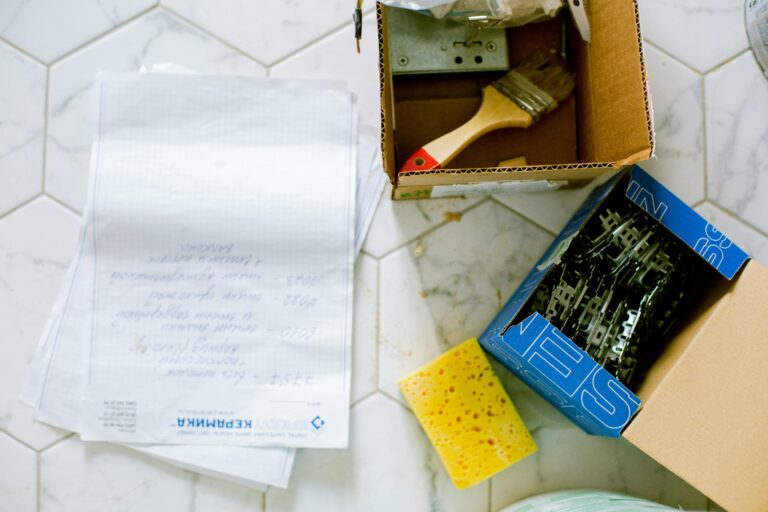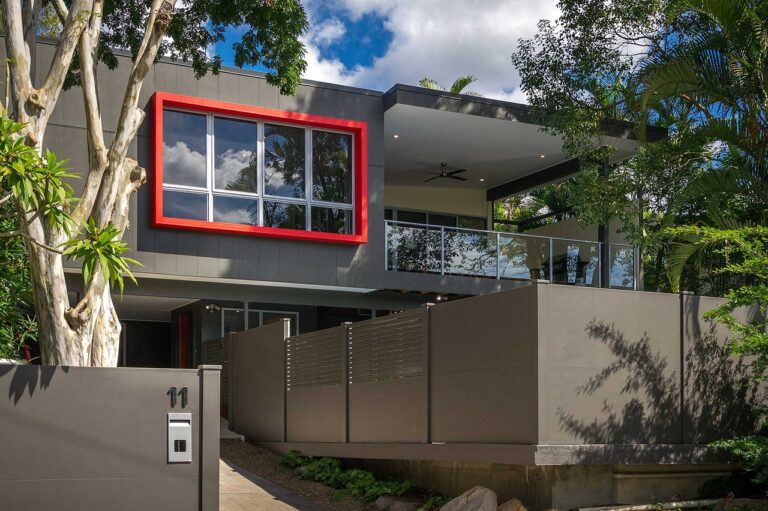Drywall Electrical Outlet Installation
cricket bet 99, sky11, reddy anna online book id:Drywall Electrical Outlet Installation
Are you looking to install electrical outlets in your drywall? It’s a common home improvement project that can add convenience and functionality to your living space. But if you’re not experienced with electrical work, it can be intimidating. Don’t worry, though – with the right tools and knowledge, you can safely and successfully install electrical outlets in your drywall.
In this guide, we’re going to walk you through the process of installing electrical outlets in drywall. From gathering the necessary tools to connecting the wires, we’ll cover everything you need to know to get the job done right. Let’s dive in!
Gathering the Necessary Tools and Materials
Before you start installing electrical outlets in your drywall, you’ll need to gather a few basic tools and materials. Here’s what you’ll need:
– Electrical outlets
– Electrical box
– Wire stripper
– Screwdriver
– Drill
– Drywall saw
– Voltage tester
– Electrical tape
– Wire nuts
– Power drill
– Safety goggles
– Gloves
It’s essential to make sure you have all the necessary tools and materials before you begin. This will help ensure a smooth and successful installation process.
Locating the Existing Electrical Wiring
The first step in installing electrical outlets in drywall is to locate the existing electrical wiring in your home. You’ll need to determine where you want to place the new outlet and then find a location where you can access the existing wiring.
Start by turning off the power to the area where you’ll be working. Use a voltage tester to make sure the power is off before you proceed. Once you’ve confirmed that the power is off, you can start locating the existing wiring.
Carefully cut a hole in the drywall where you want to install the new outlet. Use a drywall saw to make a small hole that will allow you to access the wiring behind the wall. Be sure to wear safety goggles and gloves while cutting into the drywall to protect yourself from any debris.
Installing the Electrical Box
Once you’ve located the existing wiring, it’s time to install the electrical box for the new outlet. Start by removing the cover from the electrical box and securing it to the wall using screws. Make sure the box is securely attached to the wall before proceeding.
Next, you’ll need to connect the existing wiring to the new outlet. Strip the insulation off the ends of the wires using a wire stripper, and then connect them to the corresponding terminals on the outlet. Be sure to match the black wire with the gold terminal, the white wire with the silver terminal, and the green or bare wire with the green terminal.
Securing the Outlet to the Electrical Box
Once the wiring is connected, you can secure the outlet to the electrical box. Line up the outlet with the screw holes on the box and use a screwdriver to tighten the screws and secure the outlet in place. Make sure the outlet is securely attached to the box before proceeding.
Testing the Outlet
Before finishing up the installation process, it’s important to test the outlet to make sure it’s working properly. Turn the power back on and use a voltage tester to check for power at the outlet. If the tester indicates that there is power, plug in a device to make sure the outlet is working.
If the outlet is working correctly, you can replace the cover plate and finish up the installation process. If the outlet is not working, double-check the wiring connections and make sure everything is securely connected before testing again.
FAQs
Q: Can I install electrical outlets in drywall myself?
A: Yes, you can install electrical outlets in drywall yourself, but it’s essential to have some basic knowledge of electrical work and the right tools to do the job safely and correctly.
Q: How many outlets can I install on one circuit?
A: The number of outlets you can install on one circuit depends on the size of the circuit breaker and the power requirements of the devices you’ll be plugging into the outlets. It’s always best to consult with a professional electrician to determine the appropriate number of outlets for your specific needs.
Q: Do I need a permit to install electrical outlets in my home?
A: In many areas, you will need a permit to install electrical outlets in your home. Check with your local building department to find out the specific requirements in your area before starting any electrical work.
In conclusion, installing electrical outlets in drywall is a manageable DIY project with the right tools and knowledge. By following the steps outlined in this guide and taking the necessary safety precautions, you can successfully add new outlets to your living space. Remember to always turn off the power before working on electrical projects and consult with a professional electrician if you have any doubts or concerns. Happy renovating!







